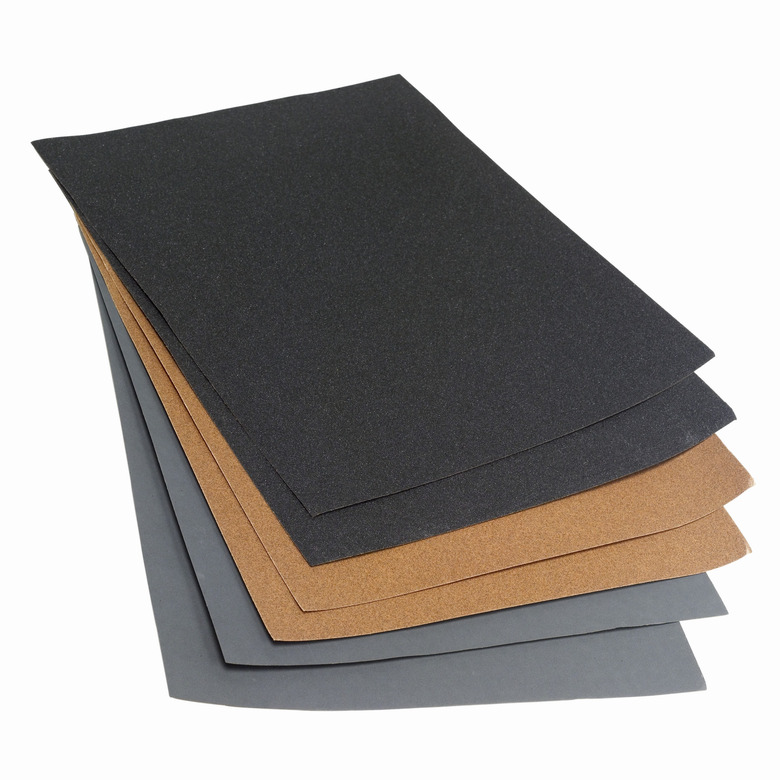The Best Sandpaper For Sanding Porcelain Tile
Tired of the look of the porcelain tile in your kitchen or bathroom? Or maybe you just purchased an old house and wish to refurbish some dated details. Instead of replacing the porcelain tiles, you can sand and repaint them fairly cost-effectively. Porcelain tiles are thicker than other commonly used types and are highly resistant to both impact and abrasion, making it a tough job. Luckily, some materials and techniques that exist that can yield a satisfying result. But don't bother sanding them just to clean them.
True Grit
True Grit
A fine grit sandpaper–a 220-grit is preferred–can be used to sand off the shiny and slick top surface of the tile. A gritted paper like 220 won't scar the surface like grittier papers, although much sandpaper will have to be used to get past the thick coating. Because of the amount of paper and work needed to accomplish this, many will use 220-grit on an orbital hand sander to speed the process up. Although 220 grit will remove the smoothness, a very textured surface will be available for painting, if that's desired.
Sanding the Grout
Sanding the Grout
A 220-grit paper won't work as well on the grouted joints in between the tiles, due to the makeup of the compound. A grittier paper such as a 100 or an 80 grit is preferred in these instances because the heavier grit will allow users to sand away the stickier grout material. When performing this job, users should take care not to accidentally sand the tiles, which will cause definite scratching on the surface.
Non-Sanding Alternatives
Non-Sanding Alternatives
Some opt to sand the tops of porcelain tile in an effort to simply clean the tile. Although light applications of the 220-grit sandpaper will certainly do the trick, a better method is to use a toothbrush to apply nonabrasive cleaners, as cleaners of this type will manage to clean not only the smooth surface but also the grout. This method saves both time and expense and won't increase the risk of potentially over-sanding the tile tops.
References
- "Ultimate Guide to Ceramic & Stone Tile"; Creative Homeowner Press; 2006
- Renovation Headquarters: Advice on sanding and painting porcelain tile
